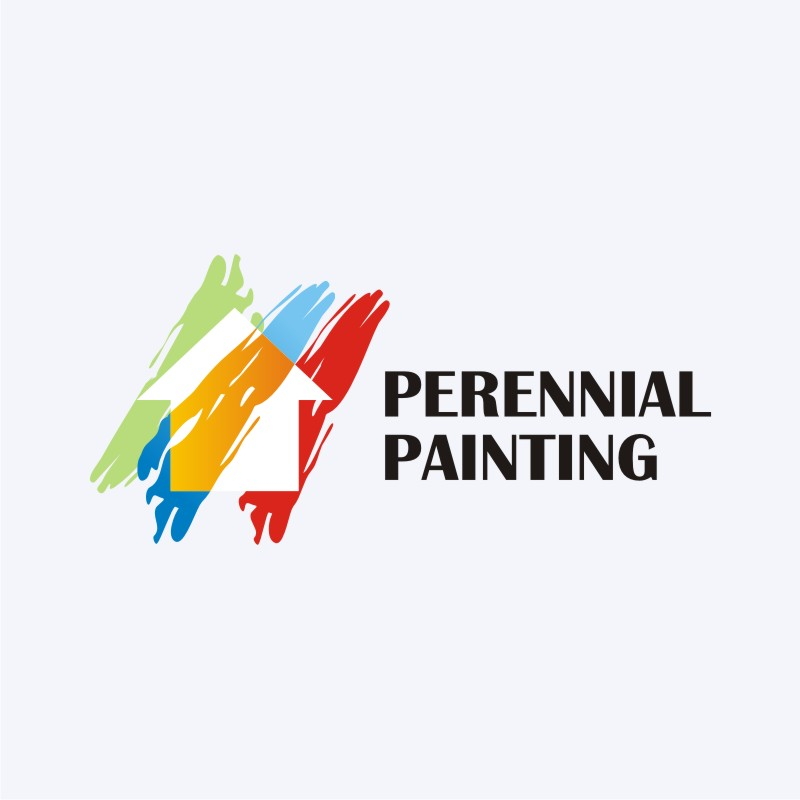Comprehensive Recommendations For Ready-Making Your Walls For Painting
Comprehensive Recommendations For Ready-Making Your Walls For Painting
Blog Article
Web Content Create By-Hickey Rindom
When you're prepping your wall surfaces for paint, it's crucial to follow a systematic process to ensure a perfect surface. Start by examining the wall for any kind of damages; this action can make or break your project. As soon as you have actually identified any type of problems, cleansing the surface area appropriately is vital, as a dirty wall surface can influence paint bond. After that, you'll need to spot any type of imperfections and apply a guide. Yet there are specific strategies and ideas that can raise your prep work game-- let's explore those more to achieve the best outcomes.
Assessing Wall Condition
Before you get your paintbrush, take a moment to examine your wall surfaces' condition. Look for any kind of noticeable damage like cracks, openings, or peeling off paint. These imperfections can affect how the paint adheres and looks as soon as it's dry. If you discover any type of significant damage, you'll require to focus on repair work prior to diving into painting.
Look carefully at the structure of your walls. Is the surface area smooth, or exists texture that might need special consideration? Smooth wall surfaces normally call for much less prep, while distinctive surfaces may need even more time to repaint equally.
Also, consider the previous paint job. If the old paint is glossy, it mightn't allow brand-new paint to stick effectively. You'll need to know if your wall surfaces have actually been painted with oil-based or water-based paint, as this can impact your choice of guide or paint.
Ultimately, make note of any type of moisture issues. If you see signs of water damages or mold, address these troubles right away to stop further difficulties.
Cleaning up the Surface area
When you've assessed the problem of your wall surfaces, the next action is cleaning the surface area. Beginning by gathering your supplies: a bucket, warm water, a moderate cleaning agent, a sponge or cloth, and a scrub brush for harder places.
Begin on top edge of the wall surface and work your way down. Mix the detergent with warm water in your container, after that dip the sponge or fabric into the solution. Wring try this web-site out to avoid too much moisture on the wall surfaces.
As you clean, pay attention to locations that could've collected dirt, grease, or fingerprints. For stubborn spots, make use of the scrub brush carefully to prevent damaging the paint beneath. Rinse your sponge or fabric frequently in tidy water to avoid spreading dust around.
After cleaning, it's necessary to clean the wall surfaces with a wet fabric to remove any type of soap residue. This step ensures a smooth surface area for the brand-new paint to follow.
Allow the wall surfaces to dry entirely before proceeding to the following preparation actions. This complete cleansing process will certainly assist produce a fresh canvas for your paint job, making sure the very best results.
Patching and Priming
Patching and priming are important action in preparing your wall surfaces for a fresh coat of paint. Initially, check https://professionalpaintersnearm63108.slypage.com/33831254/upgrade-your-home-s-exterior-with-premium-painting-solutions for any kind of holes, splits, or imperfections. Use a high-quality spackling substance or patching paste to fill these locations.
Use the compound with a putty blade, smoothing it out so it's flush with the surrounding surface area. Allow it to completely dry totally, and after that sand it lightly up until it's smooth and also.
Once you've patched every little thing, it's time to prime. Primer aids seal the covered areas, making certain the paint adheres effectively and gives a consistent finish. Pick a guide appropriate for your wall kind and the paint you'll be using.
Use the guide making use of a roller for bigger locations and a brush for corners and sides. If your patched locations are dramatically big or permeable, you might wish to apply a second coat of primer after the initial one dries.
After priming, let everything completely dry extensively prior to proceeding to painting. This prep work will not just improve the look of your walls but likewise extend the life of your paint job.
Take your time, and you'll be pleased with the results.
Verdict
By following these easy actions, you can achieve a smooth and expert coating on your wall surfaces. Beginning by examining their condition, then clean and patch any type of blemishes before applying guide. Remember to allow adequate drying out time and ensure whatever is smooth before you study paint. With the right prep work, you'll set the stage for a gorgeous makeover in your space. Now, collect your materials, breathe in the fresh air, and get ready to repaint!
